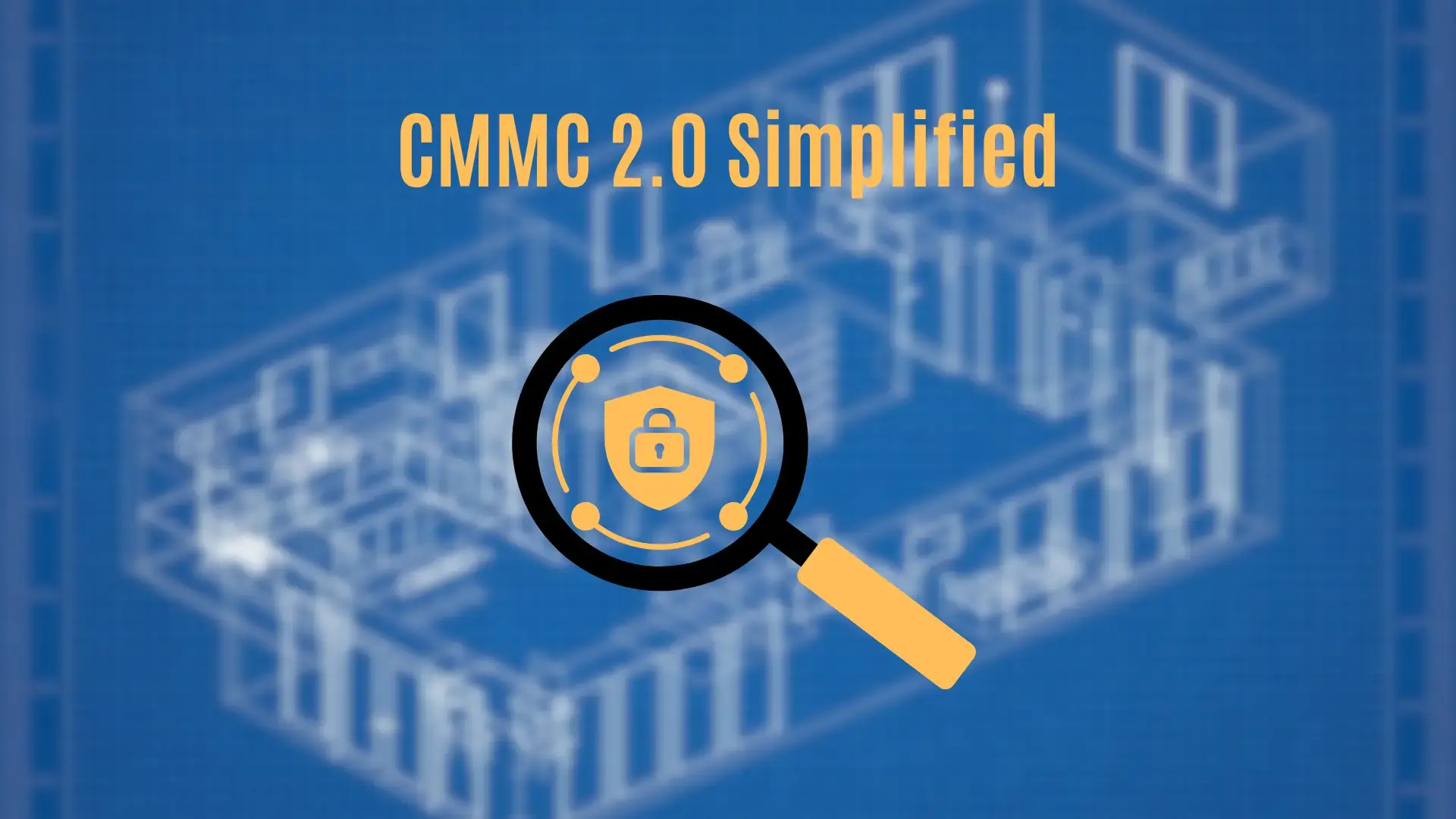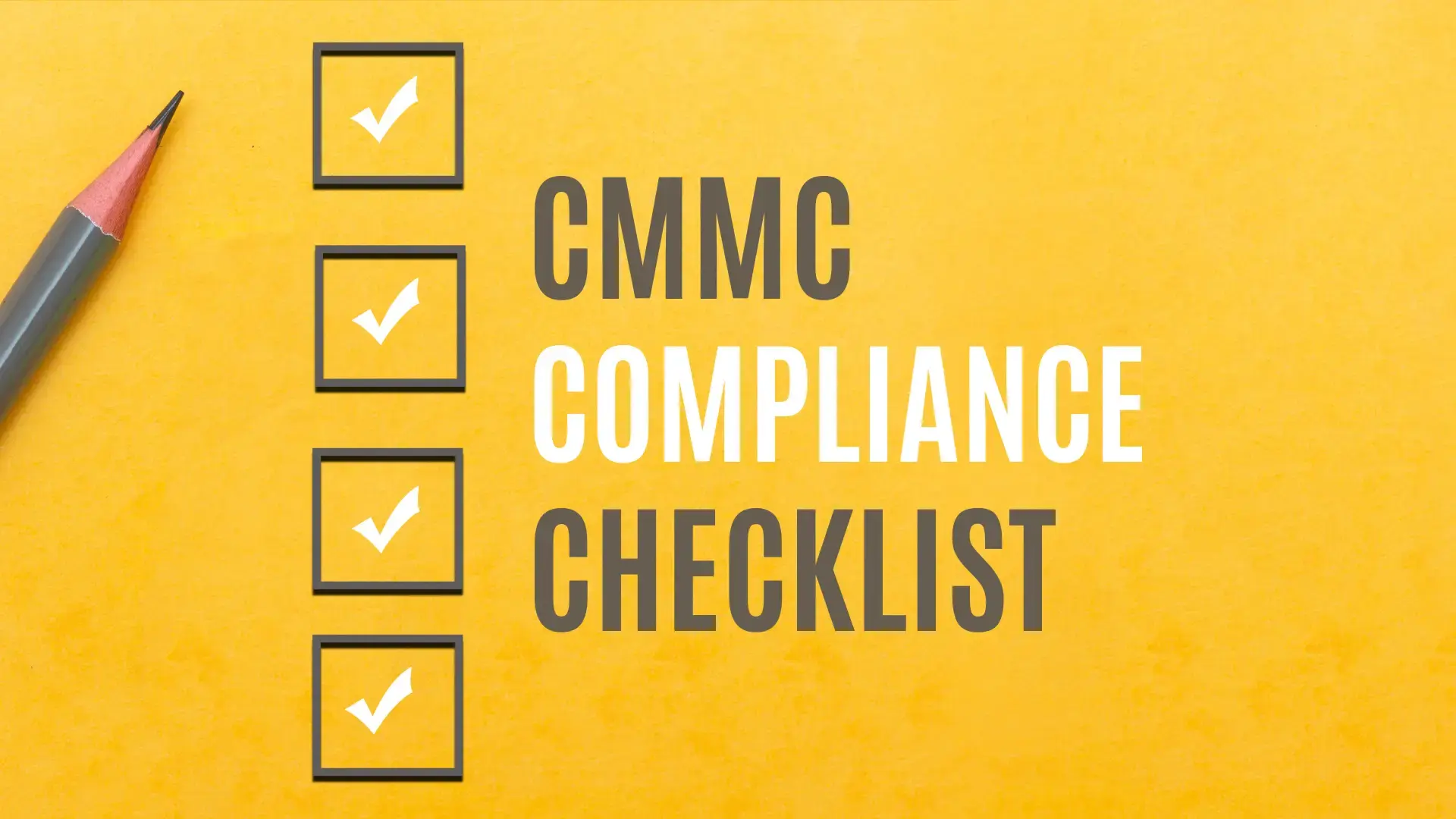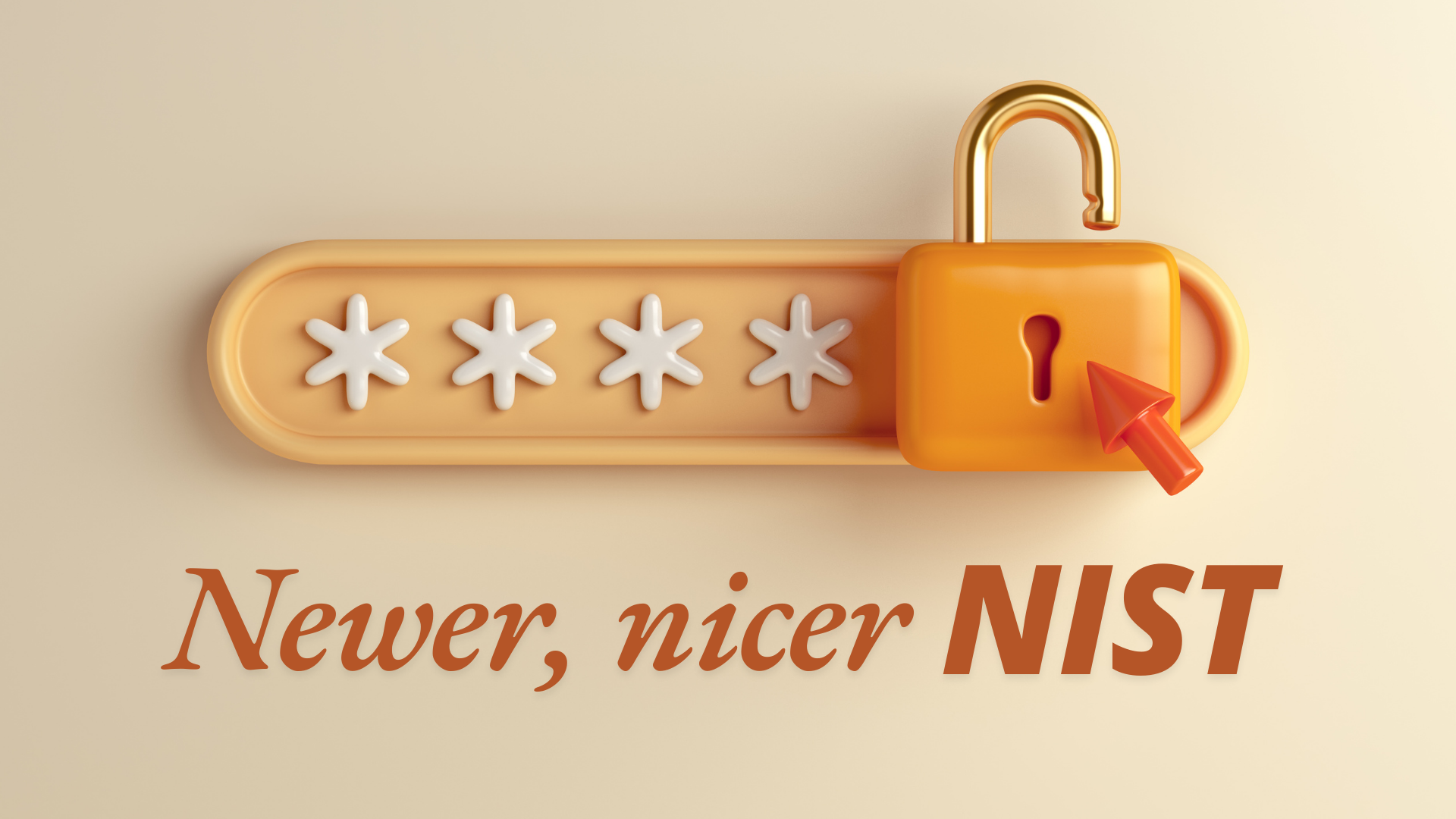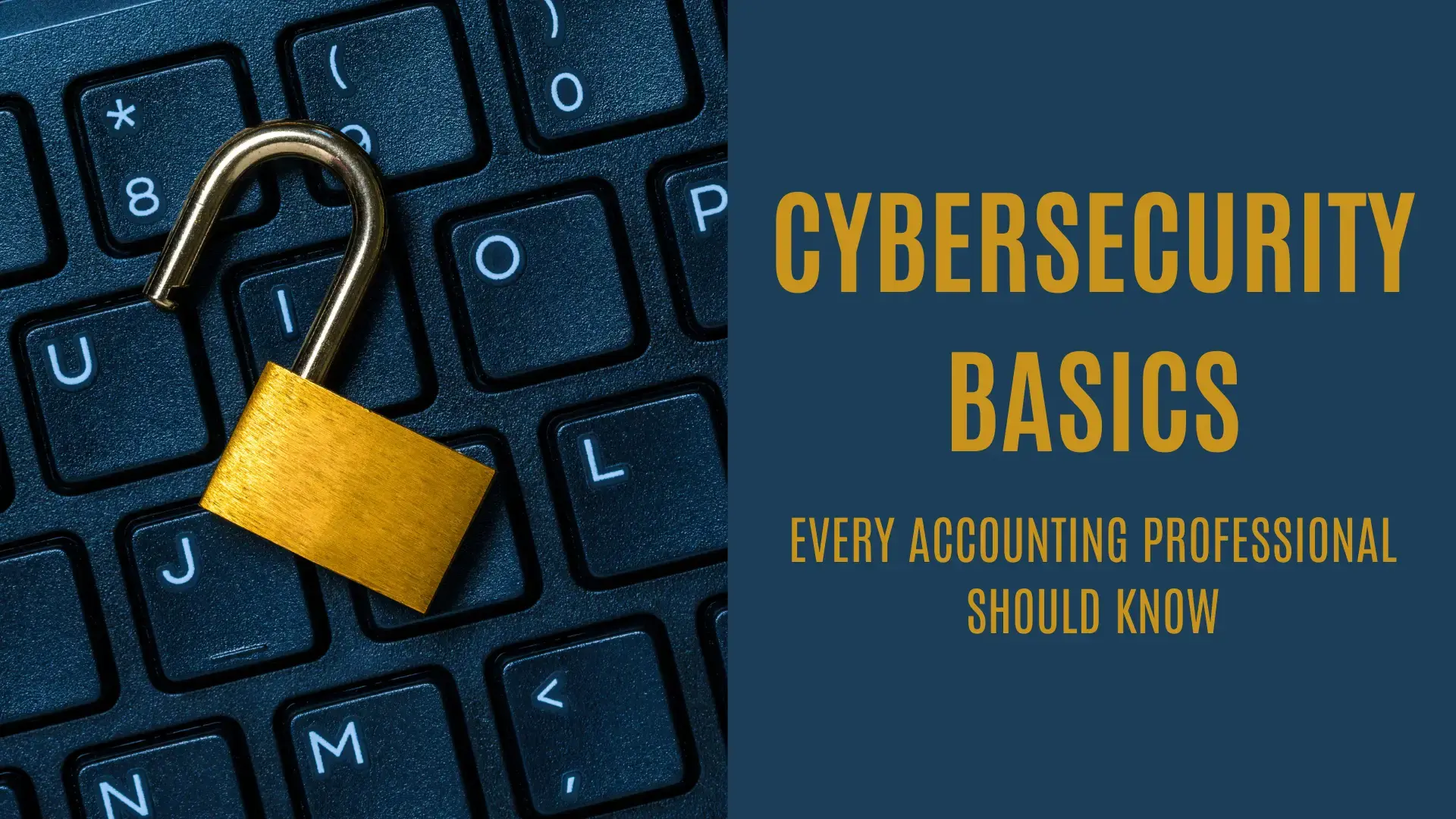Your First 5 Steps Toward CMMC 2.0 Compliance: A Simple Checklist
From "What" to "How" In our last post, we waded through the alphabet soup of government acronyms to explain what CMMC 2.0 is. You learned about the...

I remember when the first version of the Cybersecurity Maturity Model Certification (CMMC) was announced. The collective groan from the defense industrial base was almost audible here in Cleveland. It felt complex, expensive, and a little overwhelming, especially for the small and medium-sized businesses that are the backbone of the supply chain. It was a well-intentioned effort to secure our nation's sensitive data, but the execution felt like a bit much.
Then came CMMC 2.0, and a collective sigh of relief followed. Okay, maybe it was more of a "wait, what changed?" followed by a sigh of relief. The Department of Defense (DoD) listened to the feedback and revamped the program to be more streamlined, flexible, and logical. Honestly, it’s a much more practical approach. But what is it, exactly? Let’s grab a cup of coffee and break it down.
The original CMMC, now affectionately called 1.0, was a five-level model that required every single contractor in the Defense Industrial Base (DIB) to get a third-party assessment. While the goal of verifying cybersecurity practices was sound, the one-size-fits-all approach was cumbersome and costly for companies that didn't handle highly sensitive information.
CMMC 2.0 simplifies this entire framework. The DoD’s primary goals with this update were to:
The result is a more focused model that aligns better with existing federal standards and reduces the compliance burden where it makes sense. It’s less about jumping through hoops and more about building a genuine security culture.
The biggest and most welcome change in CMMC 2.0 is the consolidation from five levels to three. This makes it much easier to understand where your organization fits and what you need to do. The level you must achieve is determined by the type of information your company handles.
Level 1: Foundational
Think of this as the entry level for good cyber hygiene. If your company only handles Federal Contract Information (FCI), this is your stop. FCI is information not intended for public release that is provided by or generated for the government under a contract.
Level 2: Advanced
This is where things get more serious, and it’s the level that will apply to most contractors. If your organization creates, stores, or transmits Controlled Unclassified Information (CUI), you’ll be aiming for Level 2. CUI is information that requires safeguarding but is not classified.
The CMMC 2.0 requirements for this level are a significant step up.
Level 3: Expert
This is the top tier, reserved for companies working on the DoD’s highest-priority programs. These organizations handle CUI that is most critical to national security.
Seeing this all laid out might still feel a bit daunting, and that's okay. The key is to start now, not when a contract requirement forces your hand. The first step is to understand what kind of information you handle (FCI or CUI) to determine your target CMMC level.
From there, conducting a CMMC readiness assessment is the logical next step. This is essentially a gap analysis where you compare your current cybersecurity posture against the controls required for your target level. It helps you identify weaknesses and create a roadmap for remediation. This is a heavy lift, and it’s why many businesses that want to stay focused on their own work turn to a partner for help.
We happen to be a managed services provider Cleveland businesses trust to help them navigate the technical controls and documentation requirements with confidence. Cybersecurity is in our DNA, and we see CMMC not just as a compliance checklist but as a framework for building a truly resilient and secure business. It’s about protecting your data, your clients’ data, and our national security interests. It's a big responsibility, but you don’t have to carry it alone.

From "What" to "How" In our last post, we waded through the alphabet soup of government acronyms to explain what CMMC 2.0 is. You learned about the...

Hey there, tech enthusiasts and security-minded folks! Today, we're diving into the exciting world of...password guidelines! I know, I know, not...

Hey there, number crunchers! It's your friendly neighborhood IT blogger here, back with another dose of cybersecurity wisdom. Now, I know what you're...